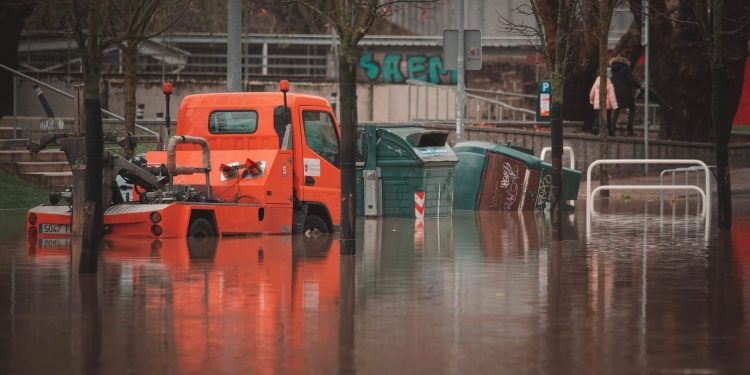Vehicle insurance claims over 6200 following floods
Words: Harrison Wade
Insurance Australia Group (IAG) has reported that 6200 vehicle insurance claims have been lodged with State, AMI and NZI, with most relating to flooded cars after the North Island was battered by heavy rain and Cyclone Gabrielle in February.
It was previously believed that the overall figure was only half that of what is now being reported.
Approximately 85 per cent of the 6200 affected cars, trucks and other vehicles are expected to be total losses but it is said some may reappear in the used market.
Warnings from a variety of local organisations such as Toyota New Zealand, AA Insurance, and the Motor Trade Association (MTA) have urged potential buyers to look out for flood damage over the past few months. State has now become the latest company to heed the warning.
The insurance firm’s Executive General Manager Claims, Wayne Tippet, explains that water damage can involve more than just damp carpets.
“Water can get into the engine, braking system and electrical components of the vehicle, eventually compromising its safety,” he said.
“For us, customer safety is paramount. That’s why any vehicles that have had water enter the interior are generally written off. It can take time for water damage to show itself, so while a car might work now, there are just no guarantees with a flood damaged car that it will continue to be safe to drive. It’s just not worth the risk.”
There are multiple ways in which you can look out for water-damaged vehicles including having a second-hand car inspected by a professional before purchase.
Waka Kotahi’s written off and damaged vehicles register is also another platform in which buyers can use to check if a car has been damaged in the past.
Other ways of detecting a water damaged vehicle include:
- Smell of dampness
- Checking “out-of-the way” areas that may not have dried out fully like under the seats or inside the air vents.
- Condensation on windows.
- Water in lights.
- Faulty electrical components like the radio or various lights not working.
- Moisture in the engine such as “milky” oil or water droplets on the dipstick.
It is believed that there are still between 40 and 50 vehicles still missing following the flooding in the Hawke’s Bay region.





